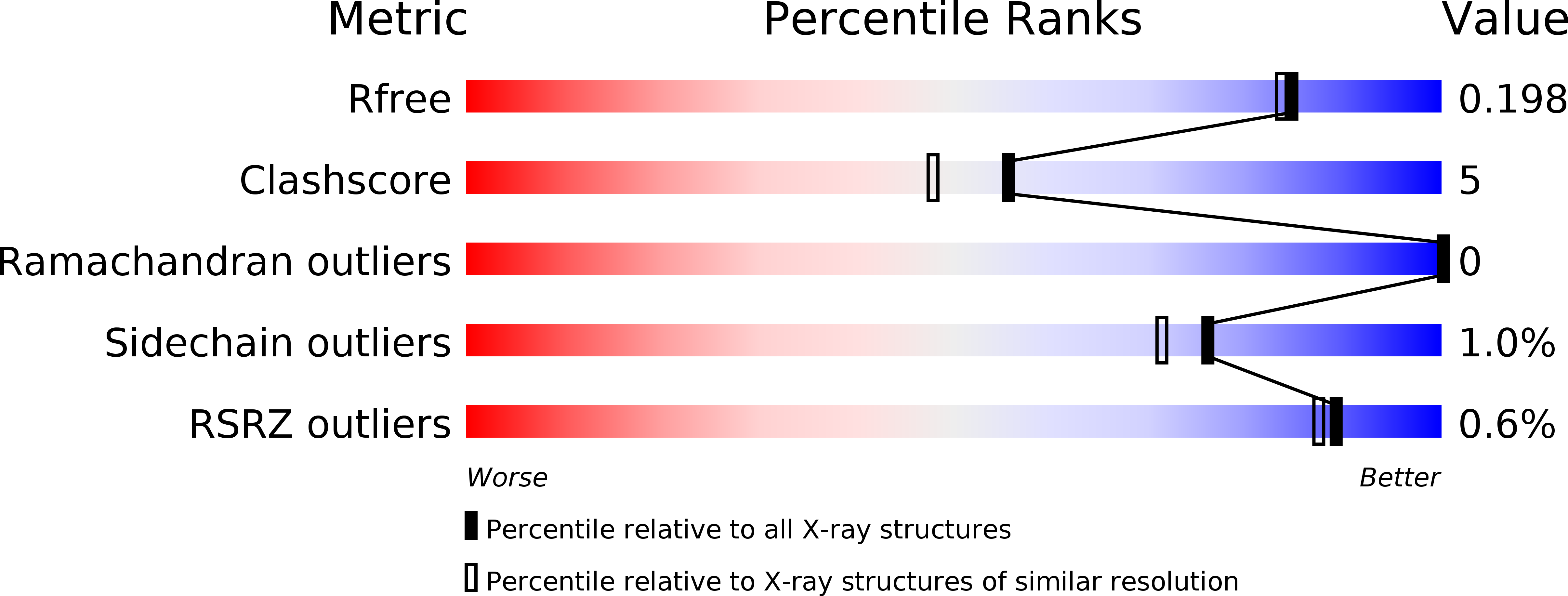
Deposition Date
2013-07-10
Release Date
2015-02-11
Last Version Date
2024-11-06
Entry Detail
PDB ID:
4LM8
Keywords:
Title:
Crystal structure of the outer membrane decaheme cytochrome MtrC
Biological Source:
Source Organism:
Shewanella oneidensis (Taxon ID: 211586)
Host Organism:
Method Details:
Experimental Method:
Resolution:
1.80 Å
R-Value Free:
0.20
R-Value Work:
0.16
R-Value Observed:
0.16
Space Group:
P 21 21 21


